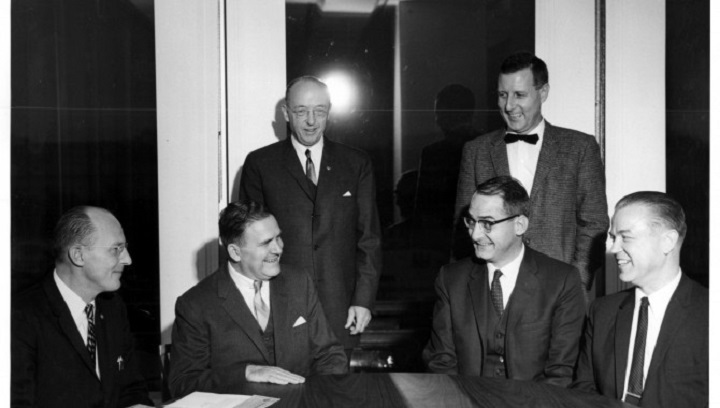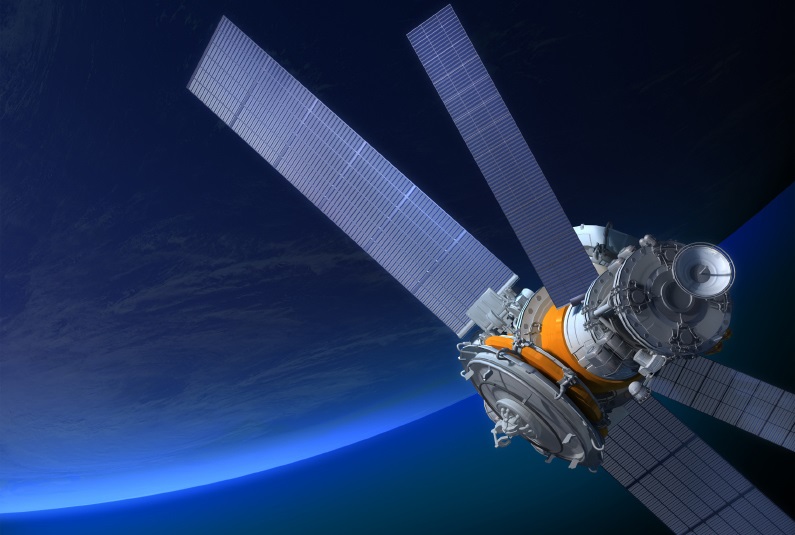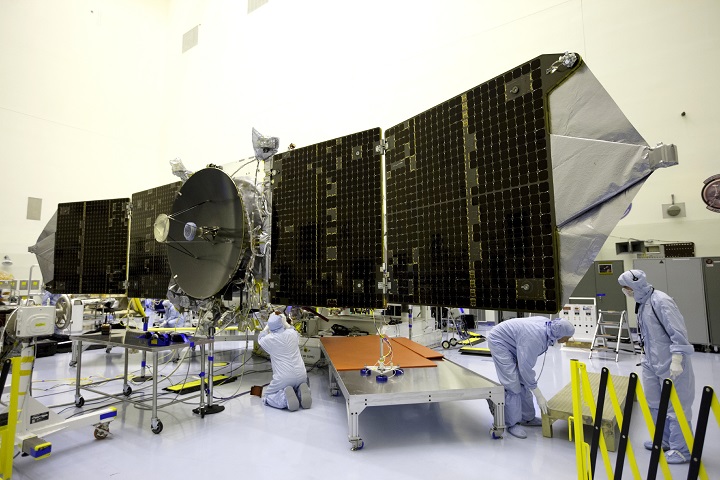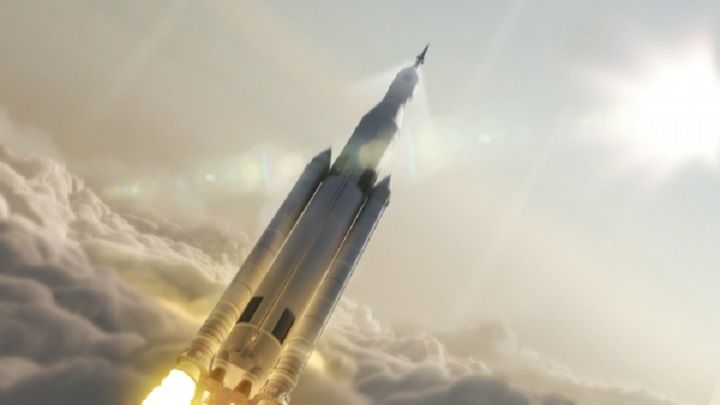
Since it's inception, the National Aeronautical and Space Association (aka. NASA) has looked to the public for contributions to help them meet their goals. In keeping with the tradition of innovation prizes and reward programs, many of these outreach efforts have been in the form of grants and challenges designed to foster a spirit of competition and bring forth the most innovative of ideas.
Consider the Space Act Awards. In 1958, when NASA was diligently pursuing its goals of sending manned spacecraft into orbit, conducting long-term missions in space, and developing all the techniques necessary to one day send astronauts to the Moon, they looked to the scientific community at large for ideas that would help them to accomplish these ends sooner and more efficiently.
Towards this end, they established the Inventions and Contributions Board (ICB), a special body chaired by the NASA chief engineer and composed of representatives from across the Agency. Established by the original Space Act, this Board was entrusted with offering Space Act Awards of up to $100,000 for technological developments in aeronautics that would contribute to NASA space programs.

The NASA Inventions and Contributions Board photographed on November 16, 1961. Credit: NASA
These awards are issued in recognition of outstanding scientific and technical contributions which are sponsored, adopted, supported, or used by NASA and which are considered significant to its missions. These awards can be issued for anything, ranging from scanners and solar panels to accessories for astronaut's uniforms, new types of food packs, or even stain-resistant coatings for spacecraft seats.
All that matters is that the inventions are considered useful and find their way into NASA missions, assisting with the operation thereof, or making the lives of astronauts easier. Award amounts range from $350 to $100,000 for innovations or inventions approved for patent application by NASA, which are then published in NASA Tech Briefs, software approved for release by NASA to qualified users,
Space Act Awards may be paid to NASA employees, NASA contractor employees, or other government, university, and industry personnel. However, the awards are open to private inventors as well, and anyone can apply for an award simply by completing and submitting the requisite paperwork to an Awards Liaison Officer at the sponsoring NASA Center.

In 2012, L-3 Communication Systems-West received an award for the development of a Ka-Band Multi-Gigabit Per Second Modem for spacecraft. Credit: federallabs.org
Through the years, awards to scientists and engineers have consistently increased in monetary value. During the 1960's, the largest award was issued to Francis Regallo of Langley Research Center for a flexible kite wing design - for which he received $35,000. In the seventies, the largest award of $25,000 went to Richard T. Whitcomb, another Langley employee, for the invention of the Airfoil Shape for Flight.
In 2005, a group of Kennedy Space Center employees, in conjunction with the University of Florida, invented an environmental clean-up technology known as the "Zero-Valent Metal Emulsion for Reductive Dehalogenation of DNAPL-Phase Environmental Contaminants". For this, their work was honored by being named Invention of the Year, and they received a cash prize of $73,000 - the largest award for in the history of the Board.
In more recent years, Entech Solar Inc. was honored in 2012 for the development of its ultra-light 600 Volt Stretched Lens Array (SLA) solar panel technology. Developed in conjunctions with NASA's Glenn Research Center, this ultra-light, high-efficiency solar concentrator has multiple space and ground-based applications, and was granted Exceptional award status.

Entech Inc won a 2012 Space Act Award for the development of SLA solar panels. Credit: NASA
The program is still in place, and over 98,000 awards, dozens of prizes, and millions of dollars have been distributed by the ICB over the past 50 years. Thousands of technologies have also been recognized because of the way they've enhanced the nation's space program as well as individual citizen's quality of life. The maximum award issued by the ICB is $100,000, but exceptions can be made with the approval of Congress.
Outside of the NASA science community, the ICB and its Space Act Awards Program are practically unknown. This is odd, considering that the ICB's history is in many ways a microcosm of NASA’s history. In addition, the ICB has been an important factor in NASA’s long history of success and technological achievement.
Were it not for the ICB and the Space Act Awards, it is entirely possible than many major milestones might not have happened, or been delayed for some time. Also, the Space Act Awards demonstrate the importance of incentive-based competitions, and how they bring to light inventions and ideas that might have otherwise never seen the light of day.
Top Image Credit: NASA/MSFC
Sources:
- history.arc.nasa.gov/awards_nasaspaceact.htm
- technology.grc.nasa.gov/awards-SpaceAct.shtm
- www.keionline.org/misc-docs/research_notes/kei_rn_2008_1.pdf
- www.nasa.gov/offices/oce/functions/inventions/index.html#.VUuZ5JNai-c
- nasapeople.nasa.gov/awards/agency_award_programs.htm#bookmark15
- nodis3.gsfc.nasa.gov/HQDQMS_Docs/QMS/HQ_OWI_1170_T_023_E_.pdf
- appel.nasa.gov/2008/09/01/nasas-inventions-and-contributions-board-a-historical-perspective/








